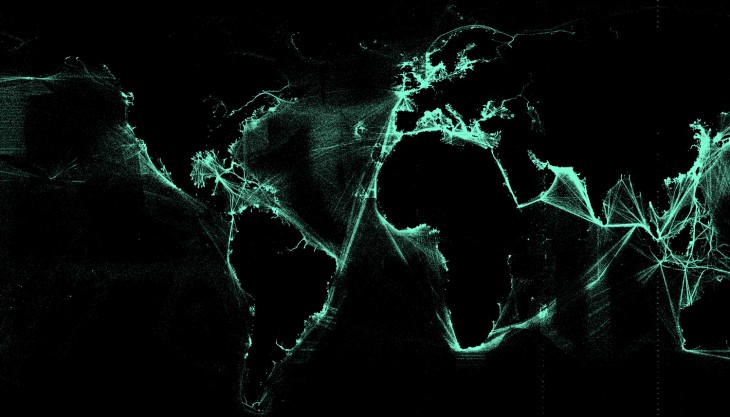Patrik Schumacher, 2008
 image: Politics of Parametricism, conference by Matthew Poole and Manuel Shvartzberg
image: Politics of Parametricism, conference by Matthew Poole and Manuel Shvartzberg
Patrik Schumacher’s Parametricism – A New Global Style for Architecture and Urban Design is a clear statement of how he visualizes the architecture world today. To him, social complexity defines the relation between architecture and urbanism through parametricism; it is beyond style, it is a continuous research line…The author starts off by defining Parametricism as a new style, rather than just a new set of techniques. He does not deny the fact that the improvement in animation, simulation and movement have been a stimulus to going beyond modernism, yet the new ambitions and values left a need to find a new line of research and hence allowing the execution of intricate correlations between elements and subsystems. The question here is whether parametricism is top-down approach (which starts with the big picture and breaks down from there into smaller segments) or bottom-up (which is a type of information processing based on incoming data from the environment to form a perception). In the article, Schumacher asks the reader to ‘imagine (there are) no landmarks to hold on, no axis to follow and no boundaries to cross’; but are the values and cultures of societies a limitation for the evolution of architecture? He also mentions about parametricism that ‘aesthetically it is the elegance of ordered complexity and the sense of seamless fluidity’; but are the aesthetics the only values that define social complexities? It is clear how visualizes the process as a top-down bottom process rather than resembling the system he is defending as a “seed” model, whereby the beginnings are small but eventually grow in complexity and completeness… He goes on to define agendas that inject new aspects into the parametric paradigm, which are:
- Parametric Inter-articulation of Sub-systems (relation of a part to the whole)
-Parametric Accentuation (enhancing the overall sense of organic integration)
-Parametric Figuration (how to integrate the user and the environment)
-Parametric Responsiveness (the built environment acquiring responsive agency)
-Parametric Urbanism (integrating the built environment as a part of the system)
In relation to modernism, Schumacher identifies the modern approach of Le Corbusier, in which he condemns the straight path as the most favorable one for people and that the non-regular path of the donkey’s way is totally discarded. The author mentions how the order that Le Corbusier anticipated was limited to the technology he had at the time which is no more the same in the world we live in today. He proposes to learn from Frei Otto’s experiments on form finding and optimized networks which study the relational fields in order to understand the space.
To project on that, and according to the analysis within the expert team, it is understood that in the issue of sensitivity with the environment and social interaction, other architects, such as Sou Fujimoto, are capable to integrate all these complexities without having to use Parametricism. Another issue worth discussing was the fact that he uses concrete in most of his projects which contradicts the necessity for change and evolution as concrete is a very rigid material (neither interactive nor responsive to changes).
After analyzing this article, I find it really interesting to always relate the identity and the culture of the society/ environment in the frame of the design process. Technology and networking have been the beginning of losing this intact relation, when in fact it is perhaps rather an enriching factor. As the picture attached shows,the networking that is connecting the world together might be a solution at some point, a threat to history and culture at another. The critical question is how will parametricism achieve the goal of bottom-top strategy and preserve the social complexities and cultural diversities at the same time?
